China Caixin PMI Services rose to 52.1 in August, up from 51.6 and beat expectation of 51.8. PMI Composite rose to 51.6, up from 50.9. Caixin noted that manufacturers and services provides both saw improved rates by business activity growth. The composite new orders expanded at the quickest rate for four months. Also, total employment increased for the first time since April.
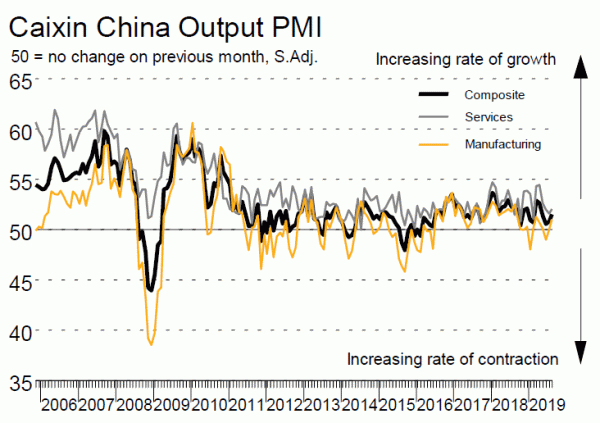
Commenting on the China General Services PMI™ data, Dr. Zhengsheng Zhong, Director of Macroeconomic Analysis at CEBM Group said:
“The Caixin China General Services Business Activity Index rose to 52.1 in August from 51.6 in the previous month, indicating a slight improvement in the services sector.
“The gauge for new business stayed in expansionary territory and edged up, while the one for new export business dropped — although it remained in positive territory — suggesting that domestic demand was stronger than foreign demand. The employment measure jumped notably, pointing to the sector’s strengthening capability to absorb workers.
“Both gauges for input costs and prices charged by service providers moved further into expansionary territory, implying an enhanced upward trend in prices. The measure for business expectations also stayed in positive territory and moved up, reflecting companies’ increasing confidence in their prospects.
“The Caixin China Composite Output Index rose to 51.6 in August from 50.9 in the month before, pointing to a slight recovery in China’s economy.
“While the gauge for overall new orders inched up, the one for new export business dipped into contractionary territory. The decline in overseas demand reflected the adverse shock of the Sino-U.S. trade conflict. The employment gauge returned to expansionary territory, hitting the highest since January 2015, suggesting an improvement in labor market conditions.
“Both gauges for input costs and output charges dipped, reflecting a downward trend in overall prices. The measure for future output edged down, despite staying in positive territory, suggesting that business confidence remained subdued.
“China’s economy showed clear signs of a recovery in August, especially in the employment sector. Countercyclical policies took effect gradually. However, the Sino-U.S. trade conflict remained a drag, and business confidence remained depressed. Still, there’s no need to be too pessimistic about China’s economy, with the launch of a series of policies to promote high-quality growth.”
Full release here.




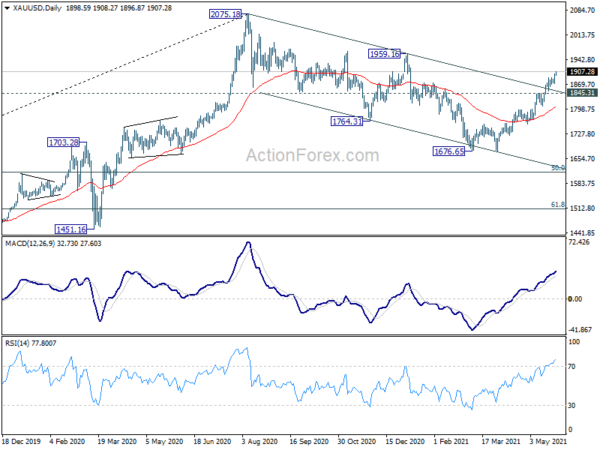
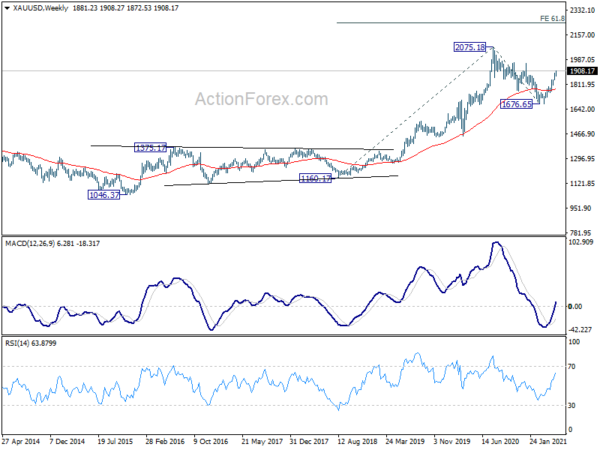
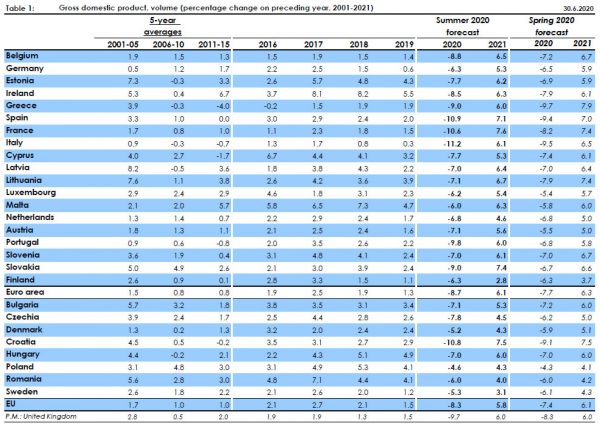

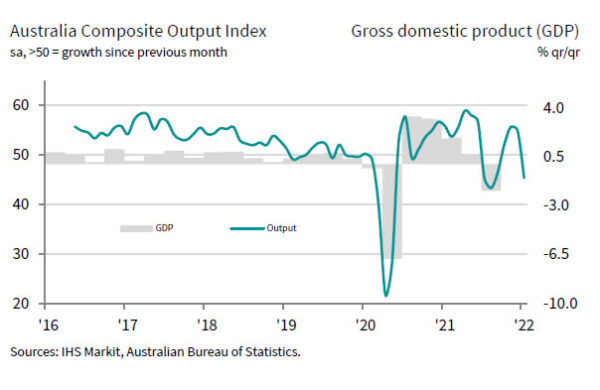
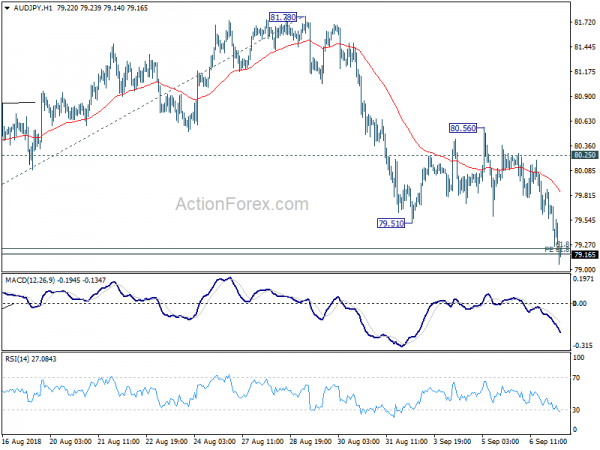
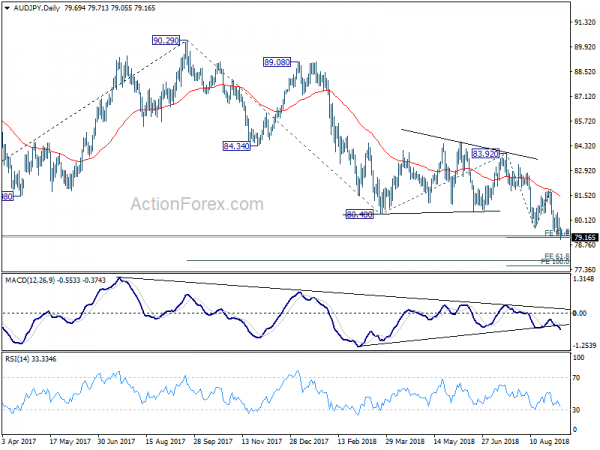
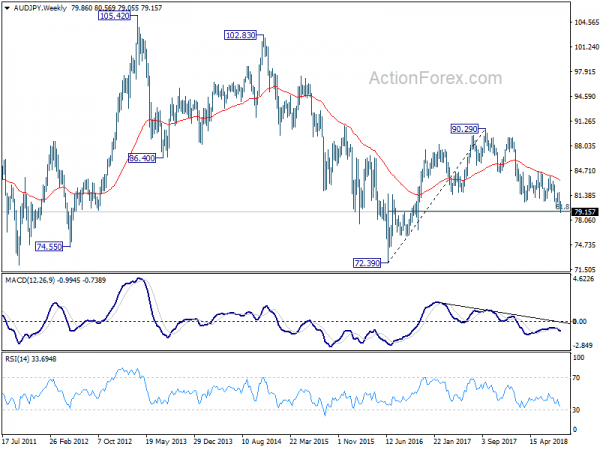
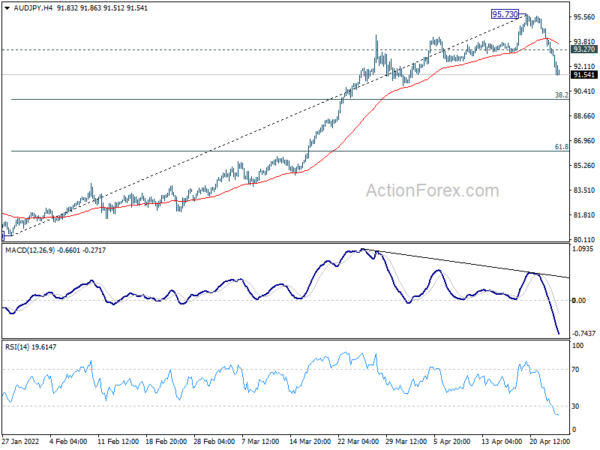
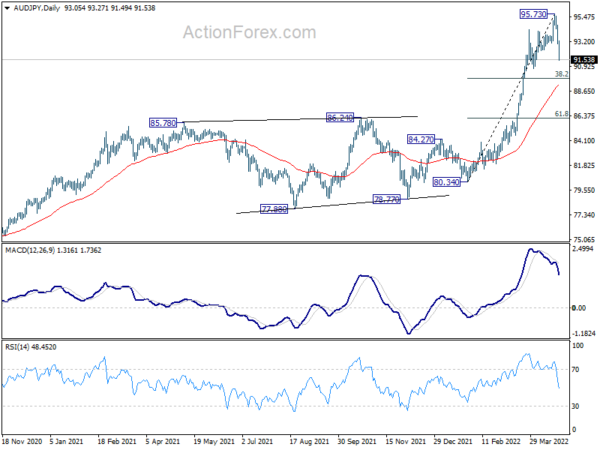
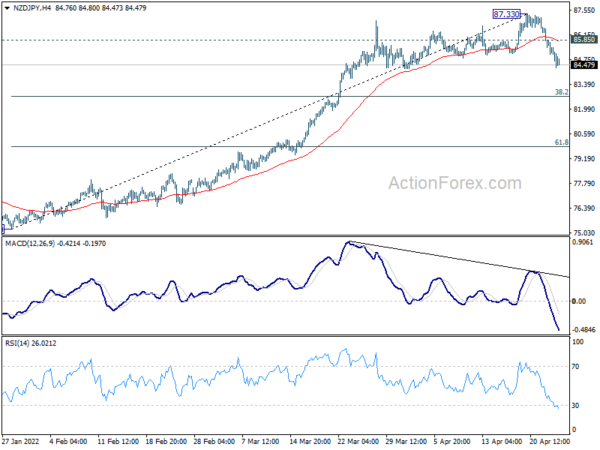
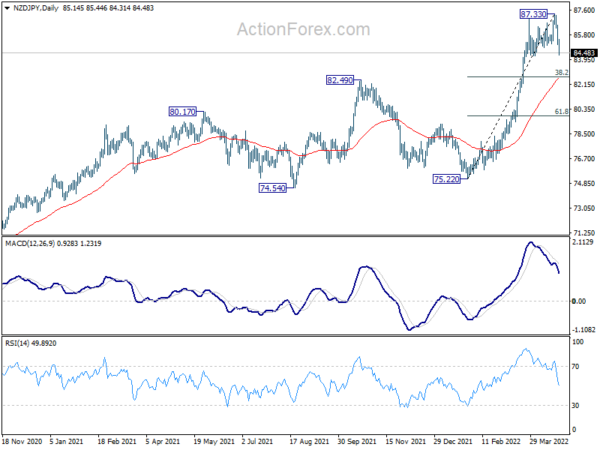
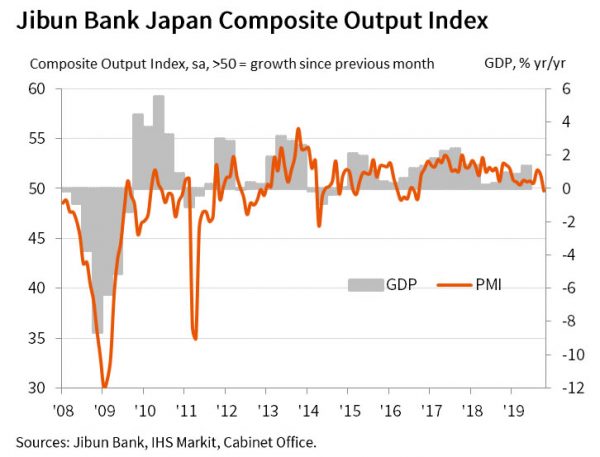
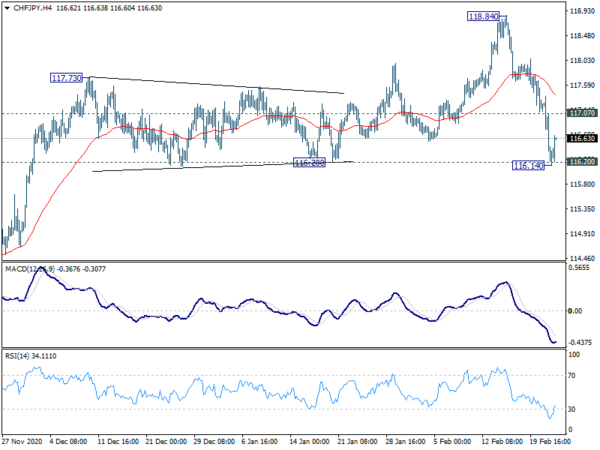
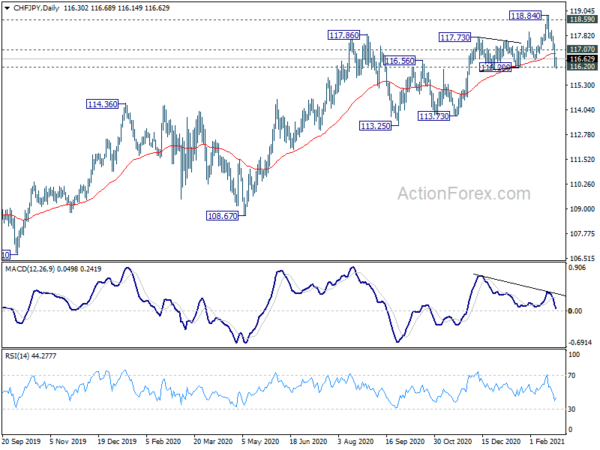
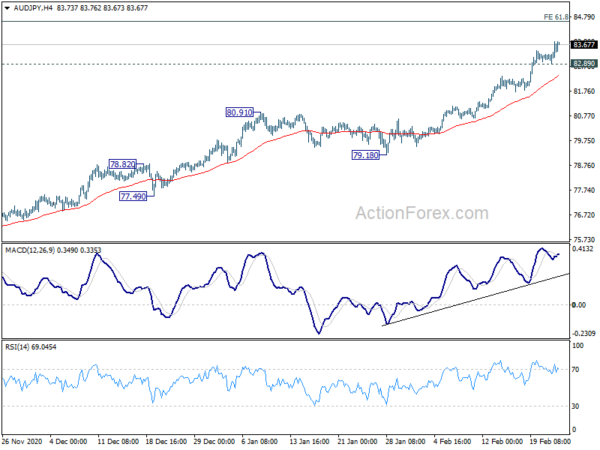
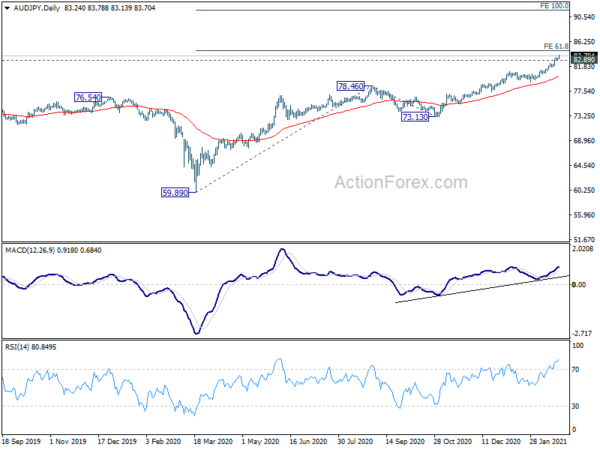
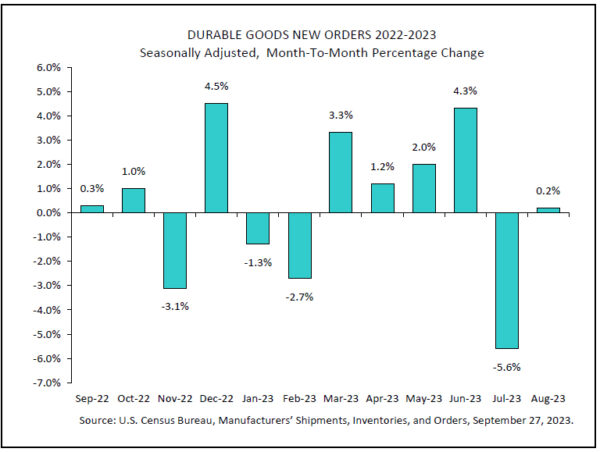
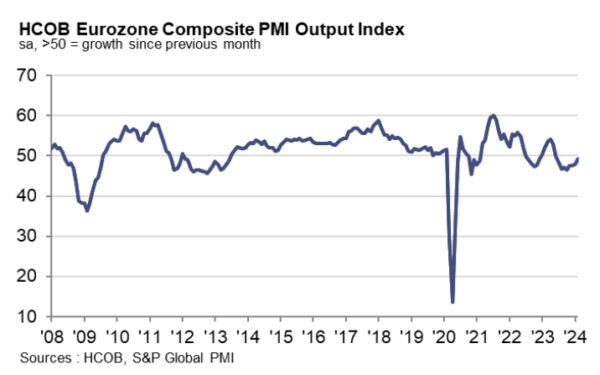
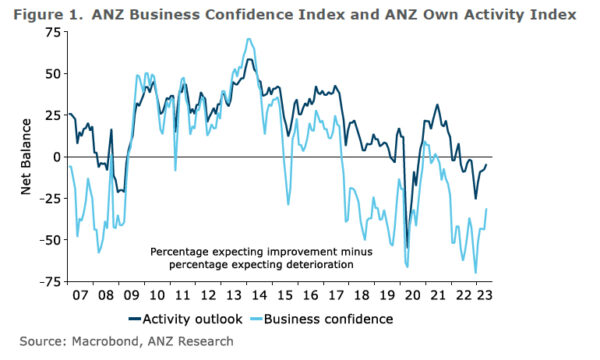
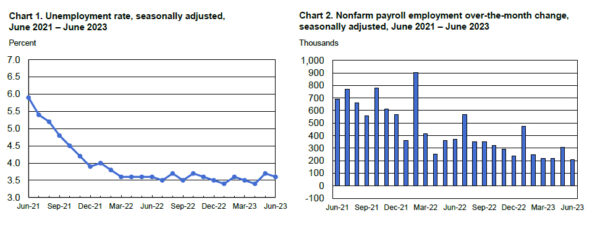

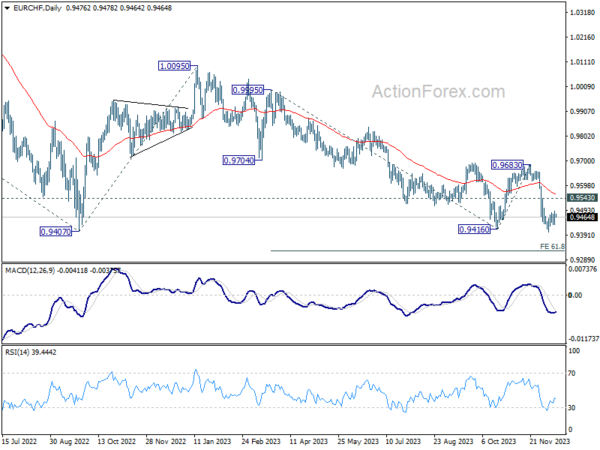
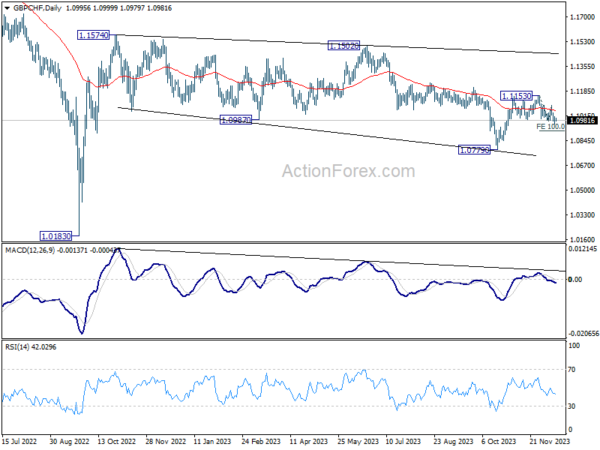
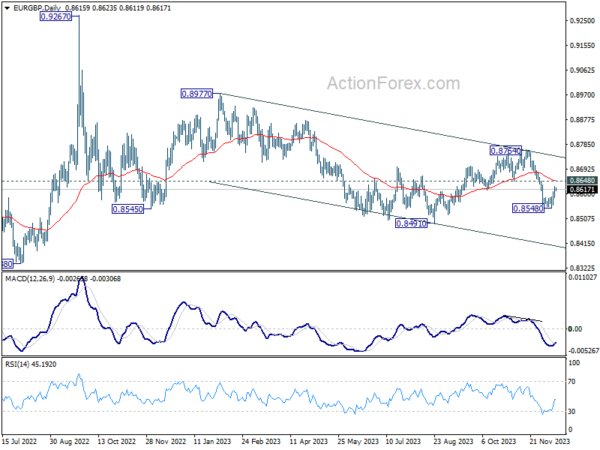
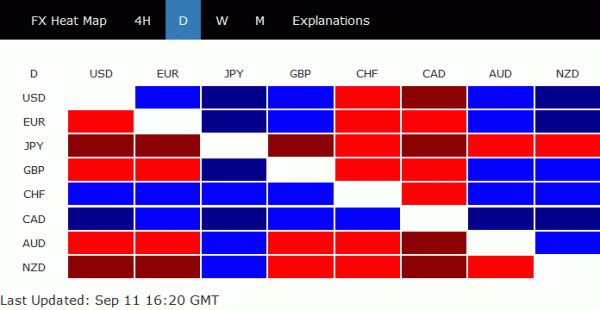
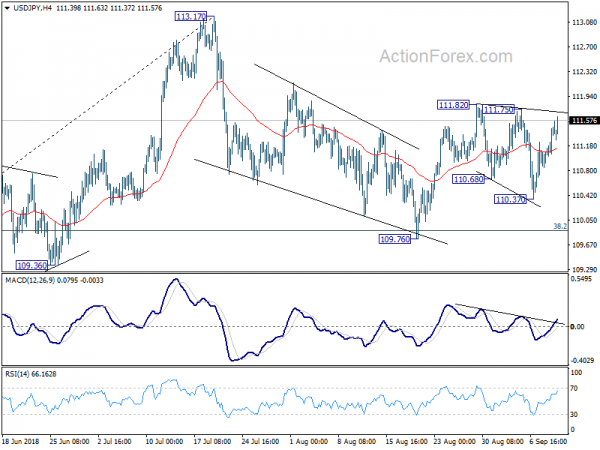
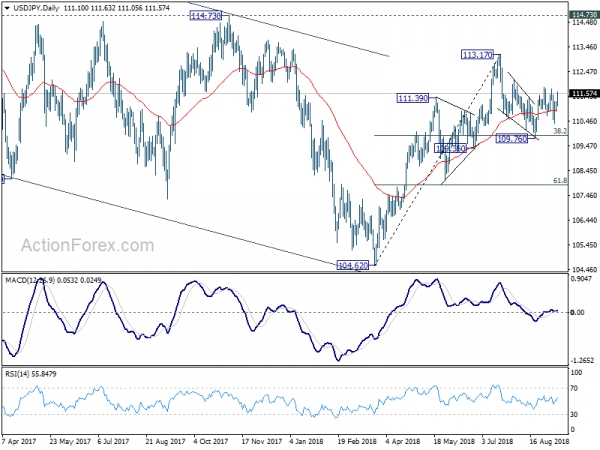

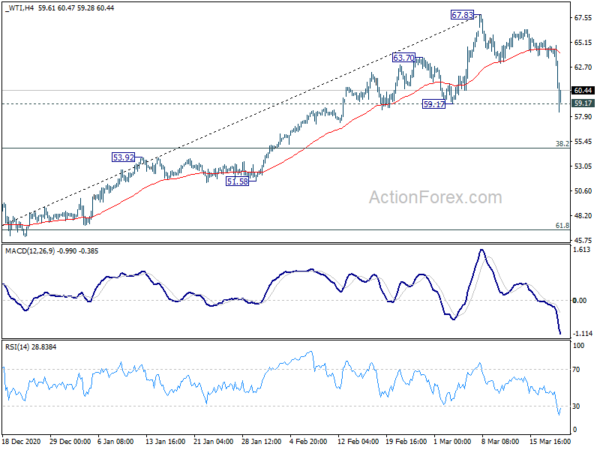
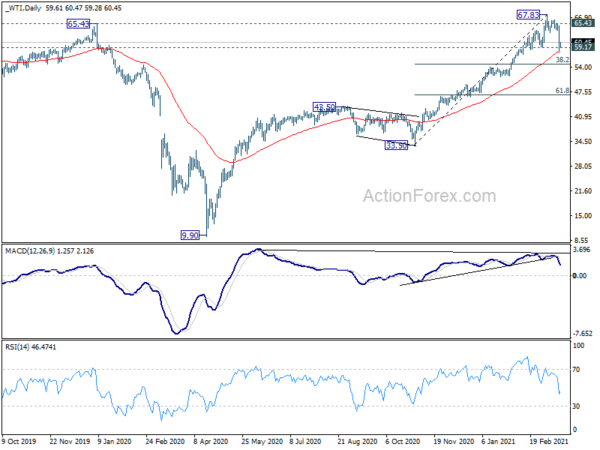

Yen stays strong as 10 year JGB breaches 0.11, US yield limits dollar downside
Yen trades in a broadly firm tone today as helped by resilient in JGB yield. JGB 10 year yield hit as high as 0.113 today and is hovering around 0.10 at the time of writing. JGB yield could remain firm ahead of tomorrow’s highlight anticipated BoJ meeting. There are speculations that BoJ is considering to tweak its monetary policy to probably target 10 year yield at 0.1%, rather than 0.0%. But so far, it’s believed the discussions are preliminary. And, there is very likely chance of any announce of any sort that carries significance next week.
While Dollar is mixed this in Asia, it’s trading as the third strongest one for the week, next to Canadian Dollar and Yen. The rebound in US treasury yields overnight reaffirmed underlying near term upside momentum. 10 year yield closed up 0.039 to 2.975, making a near high for the week. 30 year yield also gained 0.036 to 3.10. Both are on track for near term resistance at 3.009 and 3.140. The development will, at least, limit downside attempts of Dollar.
Asian markets are mixed today, following US. DOW closed up 0.44% or 112.97 pts to 25527.07. However, thanks to Facebook, NASDAQ dropped -1.01% or -80.06 pts to close at 7852.18. At the time of writing, Nikkei is up 0.33% at 22661.73. Hong Kong HSI is downside -0.25%, China Shanghai SSE is down -0.16%. Singapore Strait Times is down -0.21%.